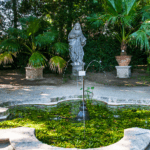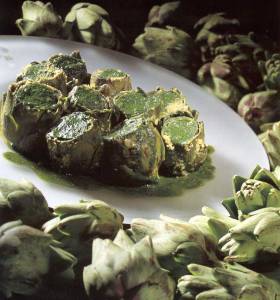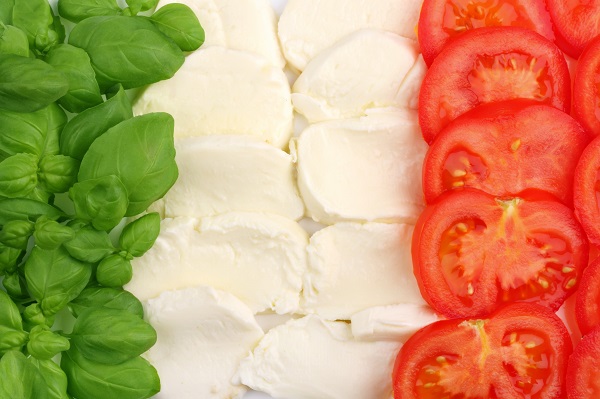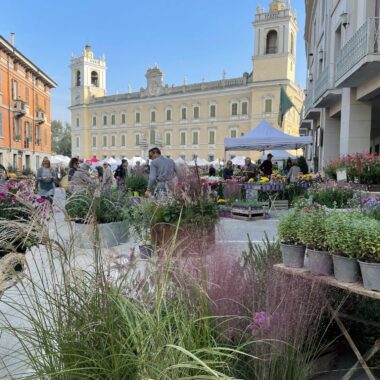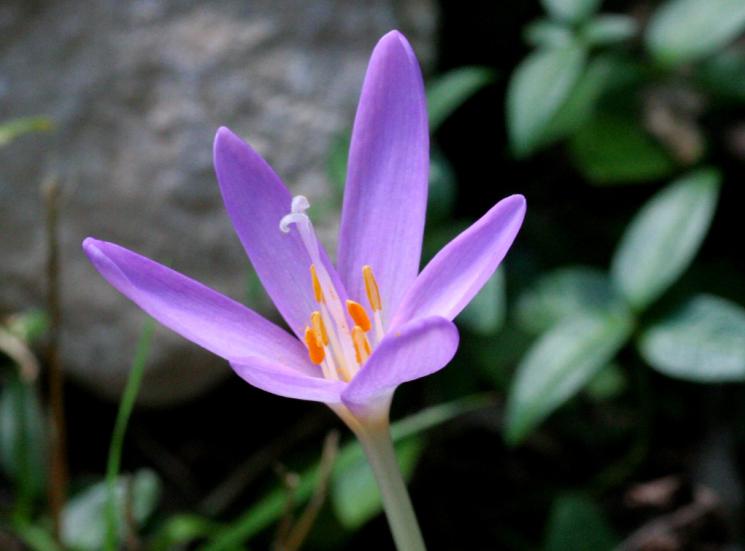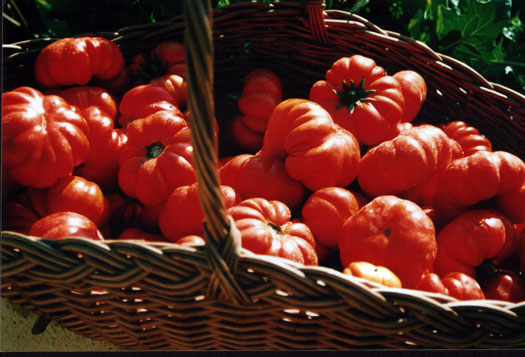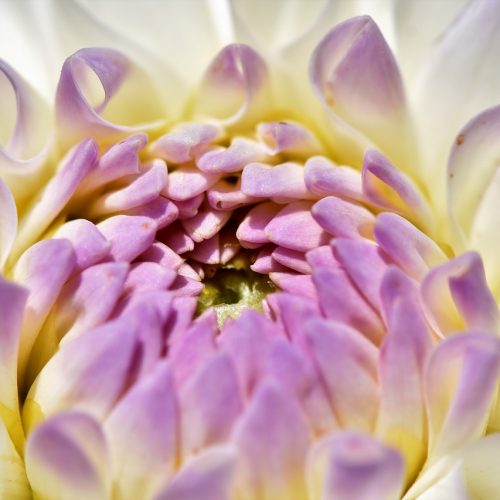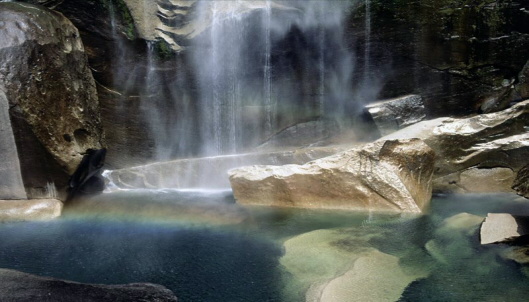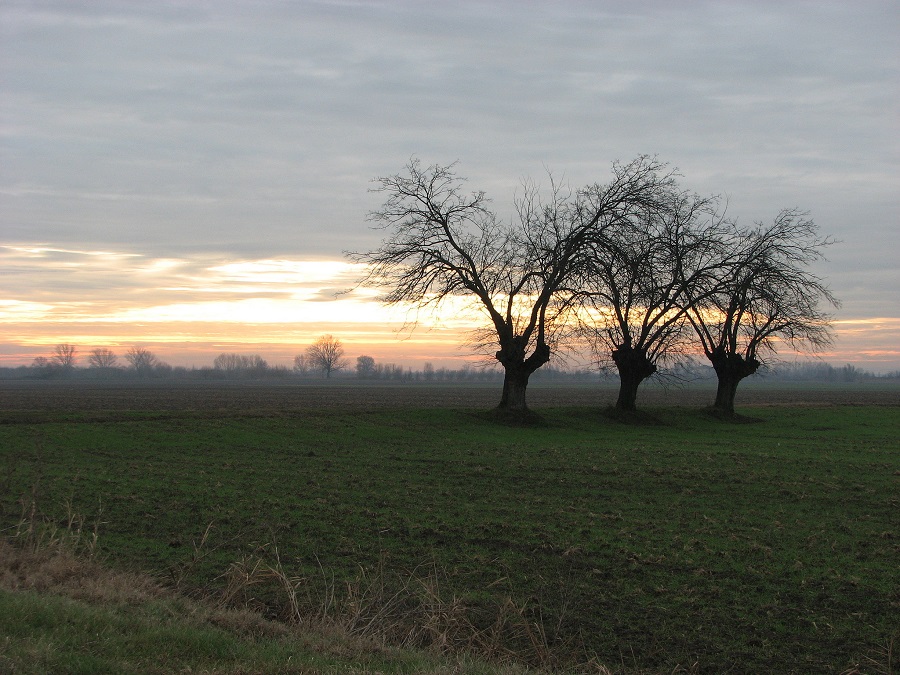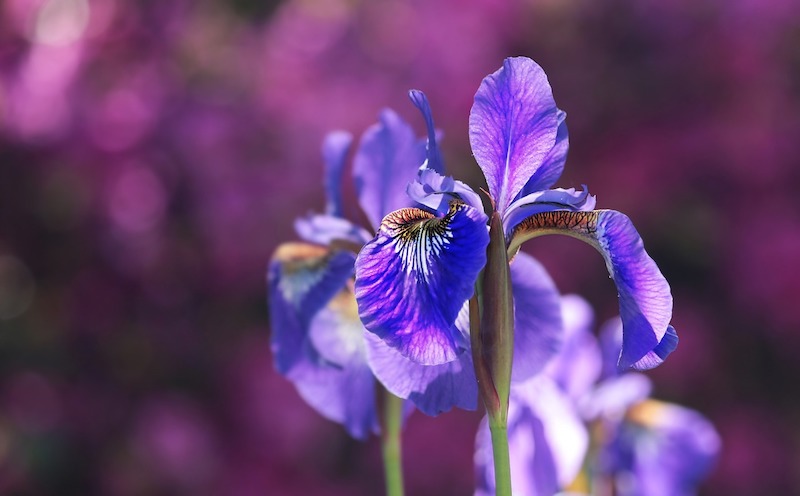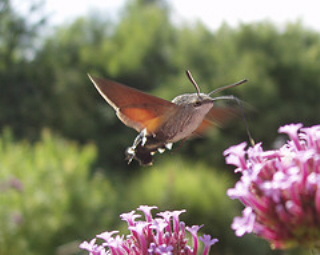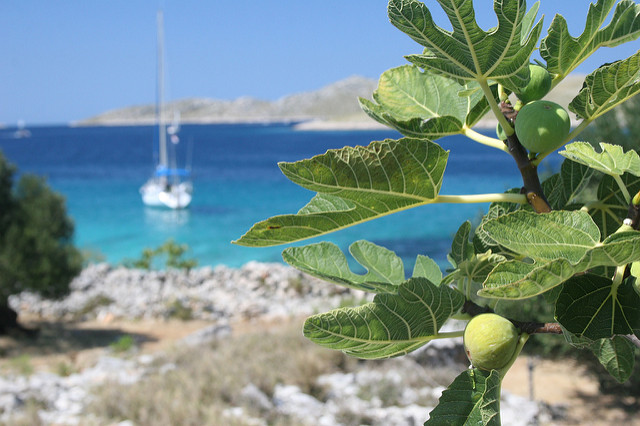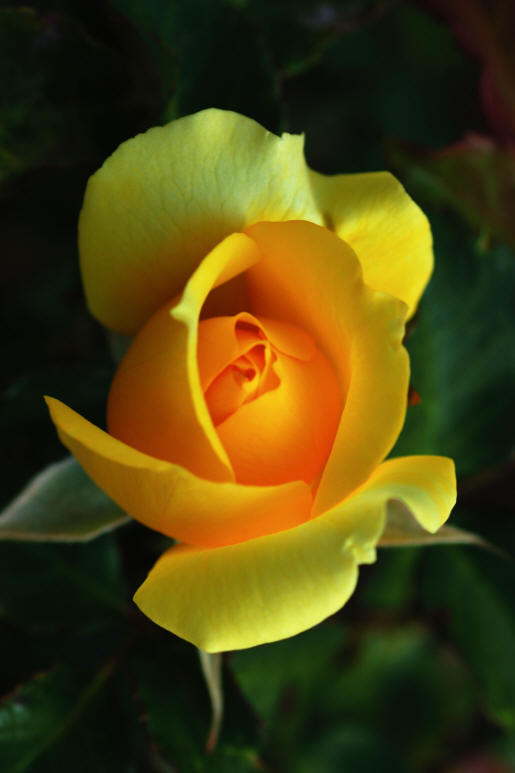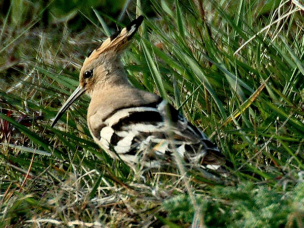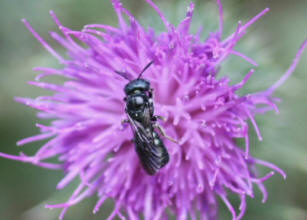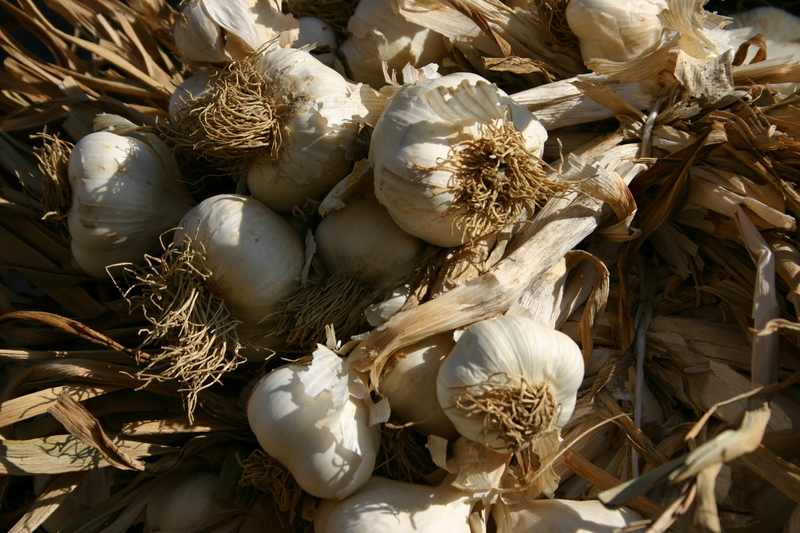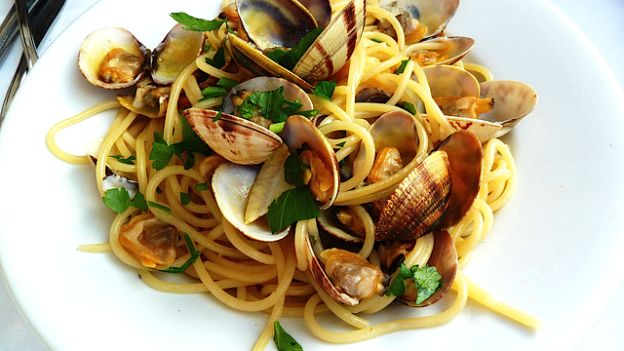The name itself suggests that an Italian herb garden should, in fact, be treated as a ‘garden’ and not just a dull area with a few dry basil plants struggling to survive on it…
gar·den (gärdn) N.
- 1. A plot of land used for the cultivation of flowers, vegetables, herbs, or fruit.
- 2. gardens Grounds laid out with flowers, trees, and ornamental shrubs and used for recreation or display.
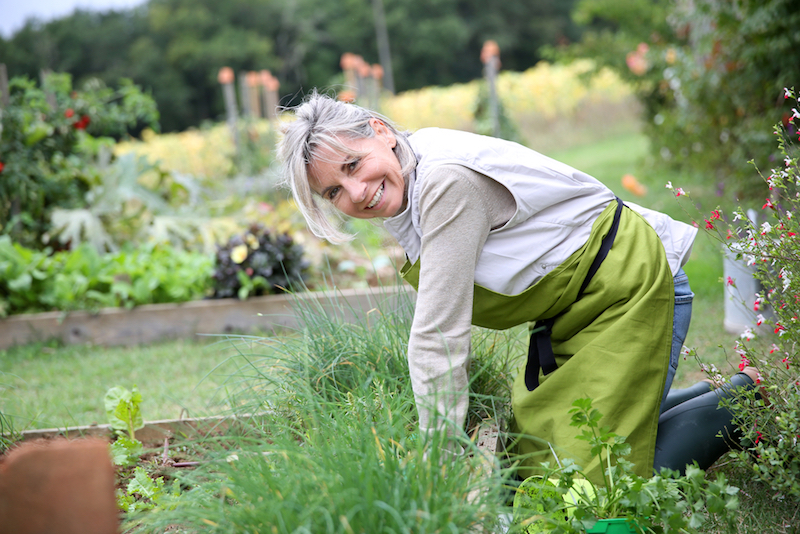
The range of shapes, colors and flavors in the group of plants known as Mediterranean herbs is astounding. There are strong, structure plants like rosemary, lavender and myrtle that can be used for hedging and simple topiary. Then there are perennials, like the 90 colorful varieties of sage (Salvia ssp), or the curry plant (Helichrysum italicum), which can be used as interesting ‘filling’ plants. Coming down the scale there are the low-growing, ground cover plants like thyme, or members of the mint family etc, all of which cover the ground very quickly and need containing if they are not to spread too much.
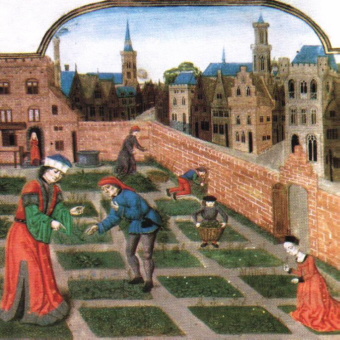
A geometric, formal design displays these plants perfectly and enables one to maintain and collect these plants effectively. The formal system has been used for centuries in monasteries and convents across Europe.
It was in fact the monasteries and convents who were responsible for gathering and classifying many of the herbs that we still use today, mainly for medicinal use.
To make a formal Italian-style herb garden one needs to choose a level, sunny site that does not remain waterlogged after rainfall- as this will cause the roots of most Mediterranean herbs to rot, as their natural habitat is hot and dry.
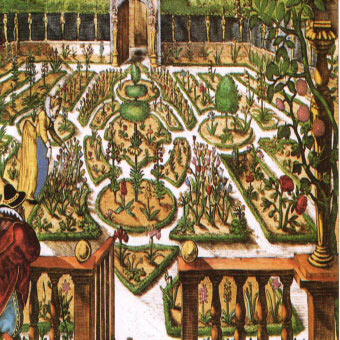
If you are dealing with a heavy soil, add a layer of gravel at around 50cms underground or simply incorporate gravel and sharp sand to the soil before planting, in order to aid drainage. A gravel mulch is an excellent way of retaining moisture on drier soils and allows a cool root-run for Mediterranean plants, where they will find all the moisture they need, yet will rarely suffer from water-logging.
Mulching with a river-washed, beige gravel also prevents excessive weed growth, insulates against frost and looks pleasant all year round. When designing the size of planting compartments etc, try to keep the dimensions within the scale of the principal feature of the house. For example if the main feature of the house’s facade is a large window of 5m wide then try to design the paths, compartments etc of the herb garden within multiples of this, i.e. 5m, 2.5m or 1.25 and so on, as this will maintain a balance and cohesion in relation to the house. Planting the herbs in neat rows will accentuate the formality and allow for tidy maintenance procedures to be carried out.
A herb garden needs time and attention, but it can be very rewarding.
By Jonathan Radford



